Dicono di lui che sia per sempre. Che sia il miglior amico delle ragazze. Quel che è certo è che si tratta da sempre di uno dei simboli del lusso, dell’estetica e del bello in generale. Il diamante è tutto questo, ma è anche di più: soprattutto in tempi di incertezza come quelli che stiamo vivendo, un diamante può essere anche un’ottima forma di investimento, sicuro, al riparo da qualunque brutta sorpresa, con un listino che non teme scosse telluriche e una domanda che, in giro per il mondo, non cessa di essere presente e – a suo modo – famelica. I diamanti, ma non solo loro, sono stati nelle settimane scorse i protagonisti di EuroMineralExpo, fiera di settore ospitata a Torino. L’occasione per fare il punto della situazione, a livello di settore, ma anche per esplorare nuovi gusti e tendenze emergenti. Perché il diamante è solo la punta dell’iceberg, nel mondo delle pietre preziose. E spesso dietro di lui si nascondono soluzioni interessanti, ma poco conosciute o valorizzate. “Un diamante è sempre un diamante. Sia come gioiello che come oggetto da collezione o, addirittura, come investimento”, riconosce Giovanni Lombardi, accento toscano che ne tradisce la provenienza geografica e un’enorme conoscenza sia in termini di addetto ai lavori, sia come geologo e semplice appassionato di minerali e pietre preziose. “E’ la pietra per eccellenza, che piace di più ed è famosa sia per la sua bellezza che per il suo valore. E’ di sicuro la tipologia più richiesta, nel nostro settore, che grazie al suo listino sicuro e privo di contraccolpi di mercato rappresenta un ottimo bene rifugio”. Con un dettaglio non trascurabile: oggi il listino dei prezzi dei diamanti è redatto in dollari, il che avvantaggia il mercato europeo, grazie al sistema dei cambi rispetto all’Euro. E non solo. Il diamante è anche un bene prezioso, ma poco ingombrante rispetto ad altre soluzioni di investimento di capitali. “Concentra grandi valori in pochissimo spazio – dice Lombardi -, pensiamo per esempio all’acquisto di un immobile. E poi, rispetto alle case, è anche meno tassato. Si paga l’Iva al momento dell’acquisto e poi basta, niente Imu o simili. E non deperisce, non ha bisogno di particolari manutenzioni. A differenza dell’oro, però, chi sceglie di investire in questo settore ha forse più bisogno di un professionista per orientarsi senza sorprese”.
Ma quale budget si deve avere, per investire in diamanti? Non troppo, garantiscono gli esperti. Possono bastare anche 20mila euro. Poi, la scelta, riguarda l’oggetto vero e proprio dell’acquisto: un solo pezzo da qualche carato o tanti piccoli pezzi da mezzo carato? Senza dubbio, la seconda: “E’ più facile collocare sul mercato elementi più ridotti come dimensioni – dice ancora Lombardi – rispetto a un unico pezzo più grosso. Basta pensare a quelli che sono i mercati più vivaci, in questo momento, come i Paesi emergenti e i cosiddetti nuovi ricchi. Se arabi e russi si buttano su elementi da qualche carato, anche se con livelli di gusto e di competenza differenti, altre zone come la Cina, dove sta emergendo una classe sociale benestante, la domanda è più legata a pezzi più piccoli. E visti i numeri della popolazione, si fa in fretta a scatenare un rastrellamento di diamanti piccoli sui mercati mondiali, aumentandone il valore per chi vende”.
Ma, come detto, investire in pietre preziose non vuol dire necessariamente investire in diamanti. Esistono anche percorsi alternativi, ma altrettanto validi. Basta farsi coraggio e andare al di là delle abitudini consolidate. “Vanno forte, sul mercato italiano, anche lo zaffiro, il rubino e lo smeraldo – dice ancora Giovanni Lombardi –. Ma con tendenze diverse: se lo smeraldo sta un po’ perdendo appeal, ne sta guadagnando lo zaffiro, visto che è stato indossato dalla principessa Kate in occasione del matrimonio con il principe William. Le mode e le tendenze contano molto, in questo settore. Ma ci sono protagonisti emergenti che spesso la pigrizia degli operatori lascia in disparte. Penso al gruppo dei granati, come la Tzavorite, pietra scoperta in Kenya e Tanzania, molto simile allo smeraldo, ma dalle caratteristiche di resistenza superiori, quindi molto più utili per realizzare gioielli. Una certa popolarità, di questi tempi, la sta vivendo anche la Tanzanite, molto simile allo zaffiro e scoperta, fino a oggi, soltanto in Tanzania. Costa meno dello zaffiro e grazie alle sue caratteristiche può cambiare il suo colore dal blu al viola. Solo che il filone da cui viene estratta potrebbe avere una durata non superiore ai prossimi dieci anni”. Ma questo non fa di lei una pietra da avere assolutamente, anzi: c’è da starne in guardia. Il perché, ancora una volta, è legato alle logiche di mercato. “Una pietra deve essere rara, ma non rarissima. Altrimenti diventa oggetto da collezione e non certo un prodotto con un mercato e una valutazione allettante per chi lo possiede”.It is said to last forever. That is the girls’ best friend. For sure it has always been the symbol for luxury, appearance and beauty in general. Diamond is all this but it is also more: especially in times of uncertainty like the ones we are living a diamond could also be a good investment, safe and protected from any bad surprises, with a pricelist fearless of any earthquake and a demand that, around the world, does not seem to end and to be, in its own way, greedy. In the past few weeks diamonds, but not only them, were the main actors of the EuroMineralExpo, an industry trade fair hosted in Turin. An opportunity to take stock of the situation in the industry, but also to explore new tastes and trends. Because diamond is only the tip of the iceberg in the world of precious stones. Interesting solutions, unknown and not appreciated, are often hidden behind it. “A diamond is always a diamond. As a jewel or as a collector’s item or even as an investment”, admits Giovanni Lombardi who as an unmistakable accent from Tuscany and a great knowledge both as an insider that as a geologist and simple lover for mineral and precious stones. “It is the stone par excellence, the most wanted and famous both for its beauty and worth. With no doubt it is the most requested item in the industry that, thanks to its safe pricelist that does not suffer from repercussions from the market, represents a very good safe-haven asset”. There is a non-negligible detail: at the present the diamond price list is set n dollars which is a benefit for the European market thanks to the exchange system compare to the Euro. And that is not all. Diamond is an asset less bulky compared to other capital investments. “It has great value in a small space – says Lombardi -, let’s think for example at the purchase of a real estate. Furthermore, compared to houses, it has a lower tax rate. You pay the VAT at the time of purchase and that’s it, no other taxes. And it does not deteriorate or needs any particular maintenance. Unlike gold, whoever chooses to invest in this field might need the help of a professional in order to avoid any surprises”.
But what is the budget to invest in diamonds? Not too much, as guaranteed by experts. Twenty thousand Euros can be enough. The choice then is for the item to purchase: one piece worth few carats or many small pieces worth half carat? The second one, no doubt about it: “It is easiest to place on the market smaller pieces – adds Lombardi – than a big piece. Just think of the most vibrant markets right now, like the Emerging Countries and the so called new riches. If Arabic and Russians choose pieces worth few carats, even with different taste and expertise, in different areas like China, where a new wealthy social class is emerging, the demand for smaller pieces is higher. And given the population numbers, it is very simple to rake up all the small diamonds from the world markets increasing their value for the sellers.
But, as mentioned before, investing in precious stones does not mean to invest only in diamonds. There are alternatives worth to mention. All you need is to have the courage to do something different. “On the Italian market sapphire, ruby and emerald are strong – adds Lombardi – . But with different trends: if the emerald is losing appeal, the sapphire is coming up strong as it was worn by Princess Kate for her weeding with Prince William. Trends are important in this field. But there are some emerging key players often left on one side by operators. I am talking about the garnet group, like the Tzavorite, a gem discovered in Kenya and Tanzania, similar to emerald but more resistant and more suitable to create jewels. At the moment the Tanzanite is quite popular: very similar to sapphire and found, up to now, only in Tanzania. It costs less than sapphire and thanks to its characteristics it can change color from blue to purple. The only problem is the seam it is extracted from: it may last no more than the next ten years”. But it is not a must have stone, watch out. Because, once again, it will follow the logic of the market. “A stone should be rare, but not very rare, otherwise it could became a collector’s item and not a product with a market and an attractive value for those who owns it”.
» 2013 - Numero 6 » A diamond is forever, but now...

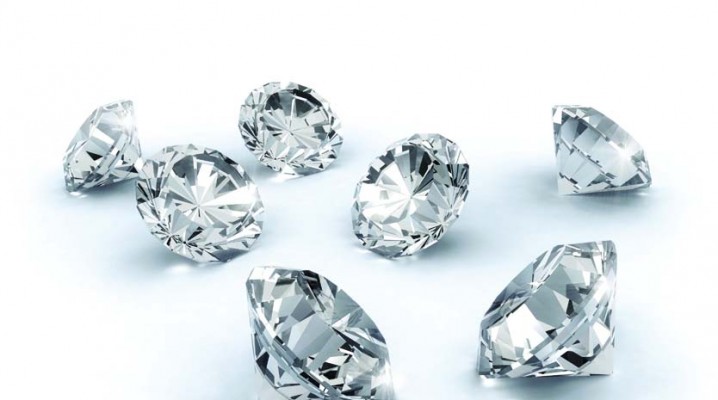
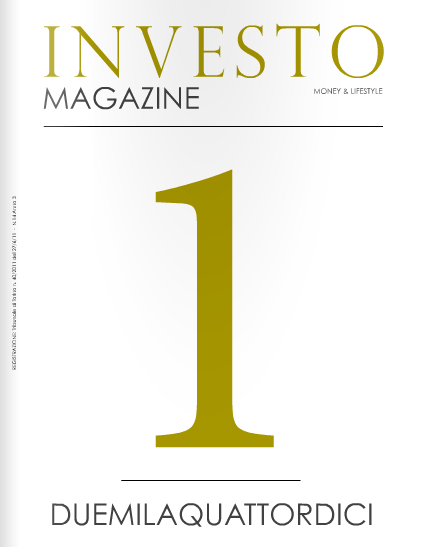
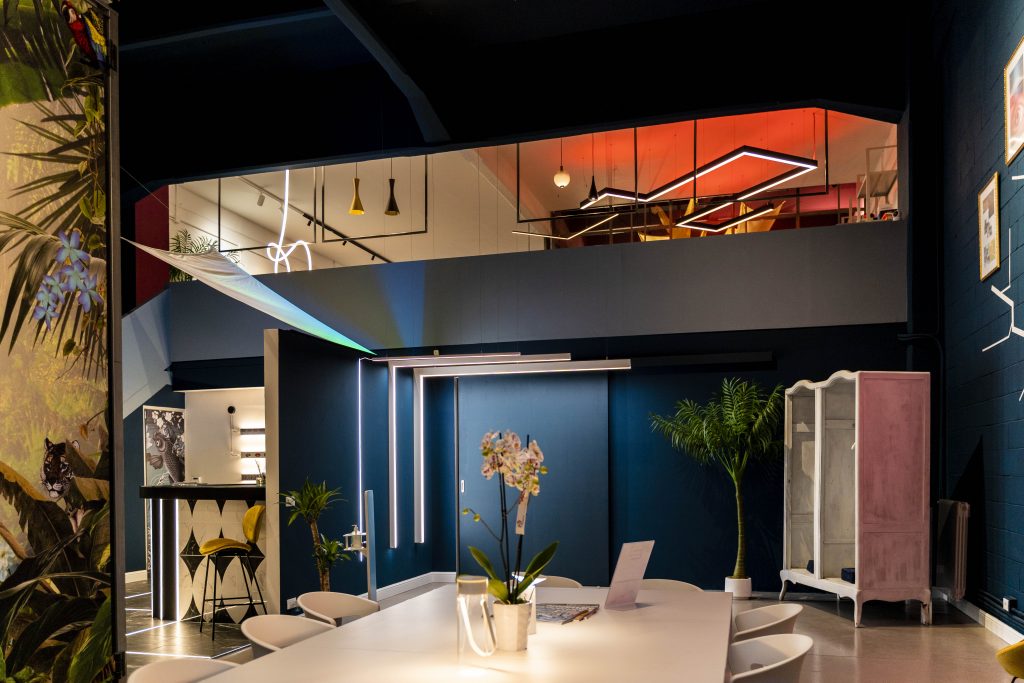
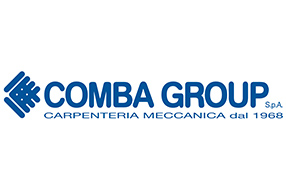
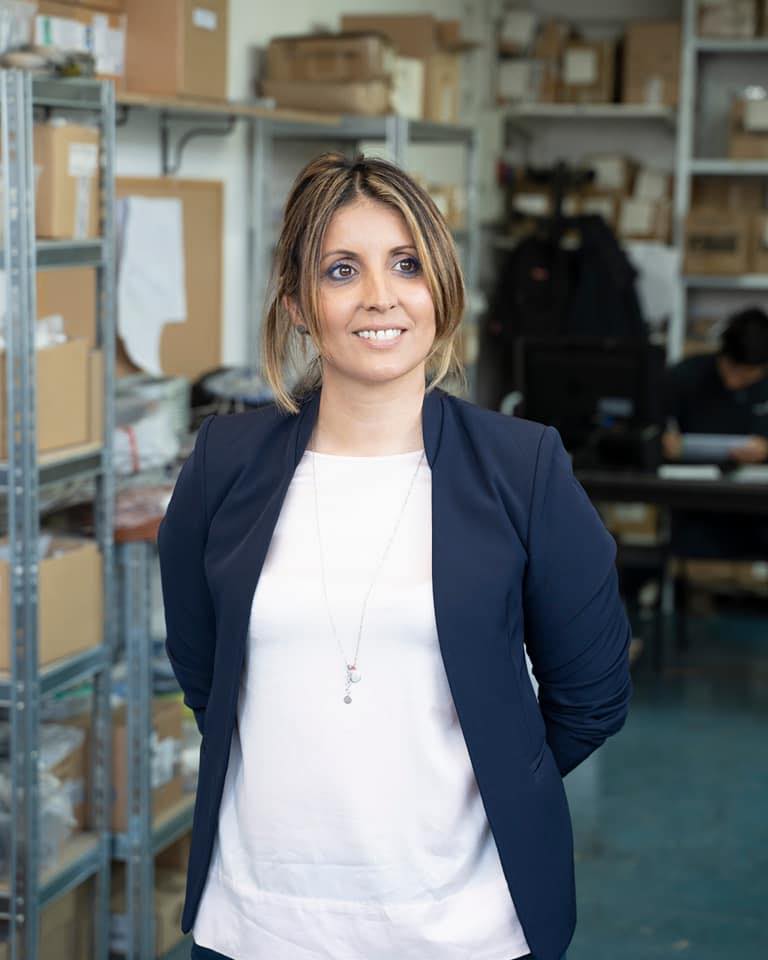
 youhost
youhost